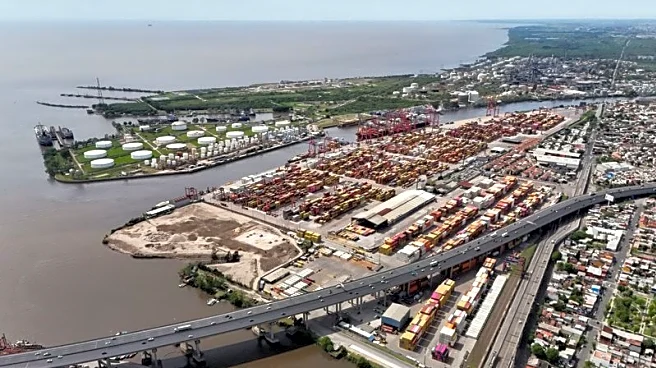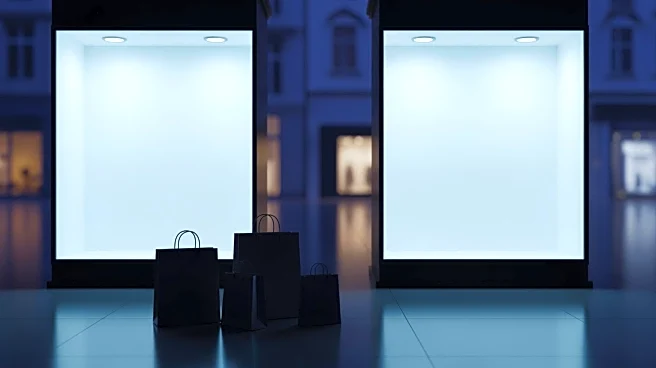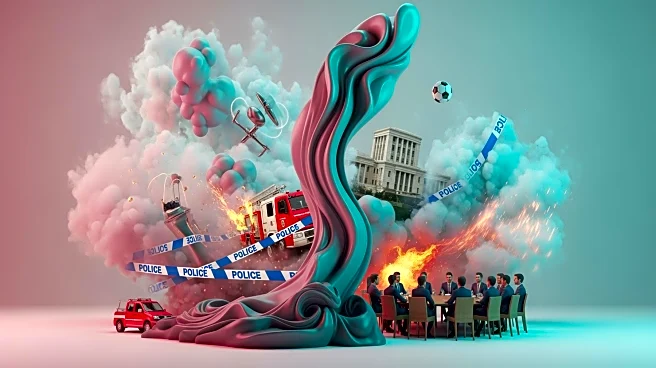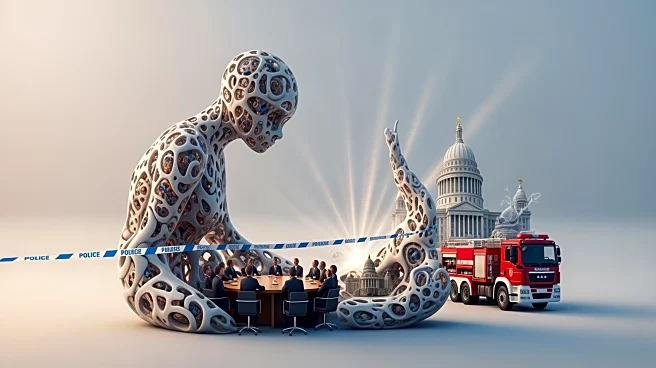What's Happening?
The Museum of Modern Art in New York is hosting an exhibition titled 'Ideas of Africa: Portraiture and Political Imagination,' which runs from December through July. This exhibition features over 100 photographs
taken in Central and West African cities during the mid-20th century. The works of photographers such as Seydou Keïta, Sanlé Sory, and Malick Sidibé are highlighted, capturing the revolutionary energy and Pan-African solidarity during the continent's decolonization movement. The exhibition, curated by Oluremi C. Onabanjo and Chiara Mannarino, aims to showcase how the spirit of that era has influenced subsequent generations and geographies. The photographs are described as powerful and stylish, reflecting the vibrant cultural and political landscape of the time.
Why It's Important?
This exhibition is significant as it provides a visual narrative of Africa's decolonization period, a pivotal moment in the continent's history. By showcasing the works of prominent African photographers, the exhibition not only celebrates their artistic contributions but also educates audiences about the cultural and political dynamics of the era. The exhibition's focus on imagination and movement highlights the ongoing influence of this historical period on contemporary African identity and global perceptions of Africa. It offers a platform for African voices and stories, contributing to a more diverse and inclusive representation in the art world.
What's Next?
The exhibition is expected to attract art enthusiasts, historians, and the general public, fostering discussions about Africa's historical and cultural legacy. It may also inspire further exhibitions and research into African art and history, encouraging institutions to explore and present underrepresented narratives. The Museum of Modern Art's commitment to such exhibitions could lead to increased collaboration with African artists and curators, promoting cross-cultural exchanges and understanding.
Beyond the Headlines
The exhibition raises important questions about the role of art in documenting and shaping historical narratives. It challenges traditional Western-centric perspectives by centering African experiences and perspectives. This approach may influence how museums and galleries curate future exhibitions, emphasizing the importance of diverse voices in the art world. Additionally, it highlights the potential of art as a tool for social and political change, reflecting broader movements towards decolonization and representation in cultural institutions.












